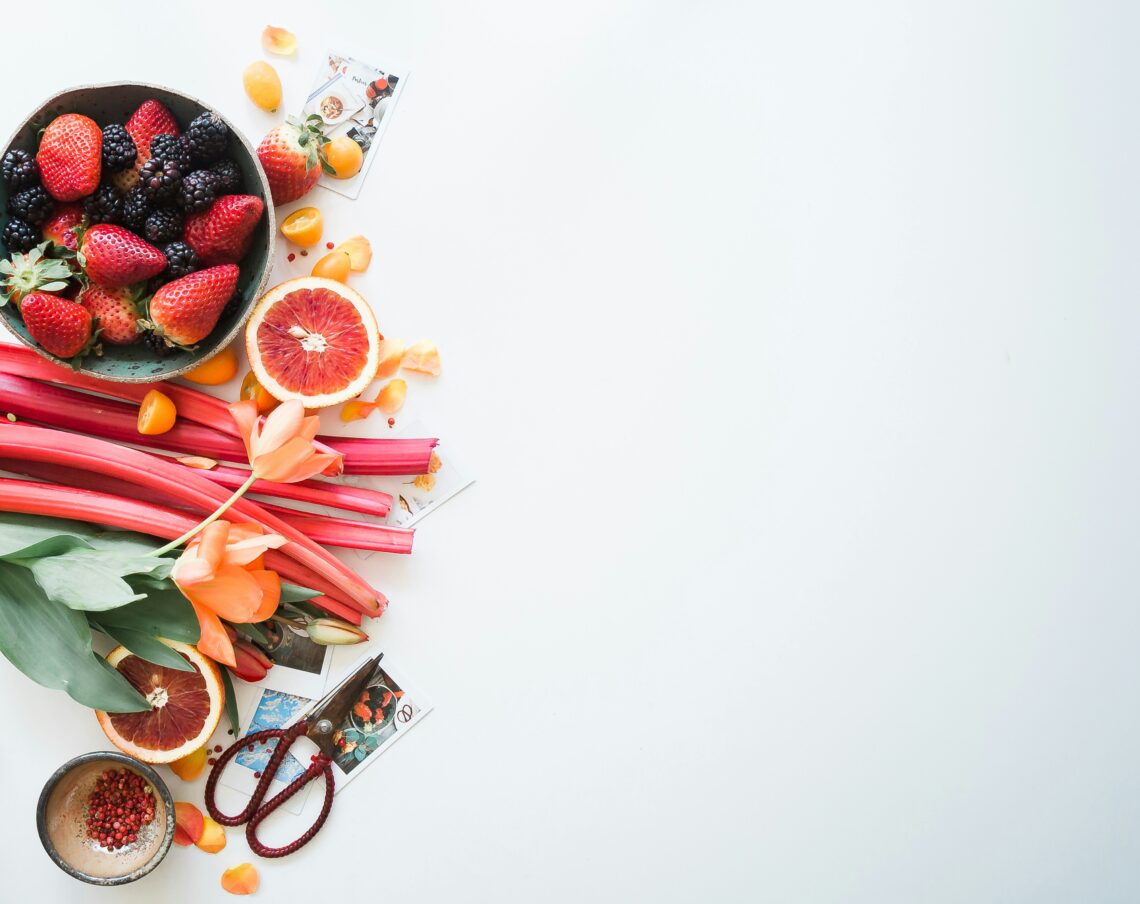Embrace Mindfulness to Transform Your Daily Routine
There’s a certain irony in how our lives have become busier and more chaotic in a world designed to make things easier. Many of us rush from one obligation to the next, often feeling overwhelmed by the sheer volume of tasks that fill our calendars. The question arises: how can we regain control and find peace amidst the frenzy? The answer, surprisingly, might lie in something as simple as mindfulness.
Mindfulness is often discussed in philosophical or spiritual terms, but at its core, it’s about being present. It’s a practice that allows us to step back, observe our thoughts and feelings without judgment, and savor the moment. In a society obsessed with productivity, the idea of slowing down can seem counterintuitive. But embracing mindfulness can be transformative, not just for our mental health but for our daily routines. Let’s unpack this idea.
The Science Behind Mindfulness
Before we dive into practical applications, let’s consider the research. A significant number of studies have explored the benefits of mindfulness, revealing a plethora of positive effects on our well-being. For instance, a meta-analysis published in the journal Psychological Bulletin found that mindfulness meditation can reduce anxiety, depression, and stress. It’s not just a fluffy concept; the data backs it up.
But what does this mean for our daily lives? Well, the implications are vast. Mindfulness can enhance our focus, improve our emotional regulation, and even boost our relationships. When we practice being present, we’re not just improving our mood; we’re reshaping our experiences. (I remember a time when I was knee-deep in deadlines and felt like a zombie—mindfulness helped me reclaim my humanity, albeit one deep breath at a time.)
Starting Your Mindfulness Journey
So, how do you begin? It’s simpler than you might think. You don’t need to don flowing robes or retreat to a mountaintop (unless that’s your thing). Here are some practical tips to incorporate mindfulness into your daily routine:
- Begin with Breathing: Take a few minutes each day to focus on your breath. Inhale deeply through your nose, hold for a moment, and exhale slowly through your mouth. This can be done anywhere—at your desk, in your car, or even while waiting in line.
- Mindful Eating: Instead of rushing through meals while scrolling on your phone, try to savor each bite. Notice the flavors, textures, and aromas of your food. This can transform mealtime into a delightful experience.
- Daily Gratitude: Each morning, take a moment to write down three things you’re grateful for. This simple practice can shift your mindset and help you appreciate the little things in life.
- Turn Off Notifications: In our hyper-connected world, constant notifications can be a major source of distraction. Consider setting specific times to check your email or social media, allowing you to focus on the present moment without interruptions.
As you incorporate these practices into your routine, you might notice a gradual shift in your mindset. Suddenly, the mundane tasks of daily life become opportunities for mindfulness. (I once found myself blissfully washing dishes, channeling my inner zen master—who knew scrubbing a pot could be so therapeutic?)
Mindfulness in Motion: The Power of Movement
Physical activity is another powerful avenue for practicing mindfulness. Whether you’re a seasoned athlete or someone who dreads the thought of exercise, moving your body can be a mindful experience. Running, yoga, or even a leisurely walk can become meditative when you focus on the sensations in your body and your breath.
For example, during a recent hike, I found myself captivated by the rustling leaves and the scent of pine. Each step became a celebration of the moment, a dance between my body and nature. It struck me that exercise doesn’t have to be a chore; it can be a joyful expression of being alive.
Integrating Mindfulness into Work
Now, let’s talk about mindfulness in the workplace. Many people associate work with stress, deadlines, and a never-ending to-do list. But what if you could transform your perspective? Mindfulness can be a game-changer in this arena.
One technique I’ve found particularly effective is the “mindful minute.” Set aside just one minute every hour to pause, breathe, and refocus. During this time, you can close your eyes, take deep breaths, and let go of the tension that builds up throughout the day. It’s amazing how even a minute can refresh your mind.
Moreover, consider implementing “mindful meetings.” Instead of diving straight into agendas, start with a moment of silence or a brief meditation. This practice encourages everyone to arrive mentally and emotionally, fostering a more productive and engaged discussion.
Mindfulness and Relationships
Our relationships are often the most significant aspects of our lives, yet they can also be sources of stress. Mindfulness can help us improve the quality of our connections with others. When we practice being present in conversations, we listen more attentively and respond with greater empathy.
Picture this: you’re having dinner with a loved one, but your mind is racing with thoughts of tomorrow’s tasks. By practicing mindfulness, you can turn that around. Focus on the conversation, maintain eye contact, and truly listen. (I can attest to the difference it makes; my partner once commented on how I seemed “more present”—I suppose my mind wasn’t wandering to my grocery list.)
Challenges and Misconceptions
As with any practice, challenges abound. Some people may feel that they’re “not good” at mindfulness, or they might have misconceptions about what it entails. It’s essential to recognize that mindfulness is not about achieving a particular state of perfection or bliss. It’s about the journey.
Many beginners experience frustration—thoughts wander, distractions arise, or they feel like they’re “doing it wrong.” Yet, mindfulness is a practice, not a performance. Each time you bring your mind back to the present moment, you’re cultivating mindfulness. (I’ve had days when my mind resembles a hyperactive squirrel—believe me, it’s all part of the process!)
Mindfulness and Technology
In our digital age, technology can be both a blessing and a curse when it comes to mindfulness. On one hand, there are countless apps designed to guide you through mindfulness practices. On the other hand, our devices can become distractions that pull us away from the moment.
To strike a balance, consider using technology mindfully. Set aside specific times to use mindfulness apps, and consciously limit your screen time outside those moments. For instance, I’ve found that designating “tech-free zones” in my home—like the dining table—has dramatically improved my ability to be present during meals.
Creating a Mindfulness Routine
As you begin to embrace mindfulness, creating a structured routine can be beneficial. Here’s a simple outline to get you started:
- Morning Mindfulness: Start your day with a few minutes of meditation or deep breathing. This sets a positive tone for the day ahead.
- Midday Check-In: Take a break during your workday to practice mindfulness. Step outside, take a walk, or simply close your eyes and breathe.
- Evening Reflection: Before bed, reflect on your day. Consider what went well and what you learned. (This can also be a great time to jot down those gratitude notes.)
As you establish this routine, it’s okay to make adjustments. Some days, you might find that you need more time for mindfulness, while other days, a quick check-in will suffice. Flexibility is key!
Long-Term Benefits of Mindfulness
The long-term benefits of embracing mindfulness can be profound. Research suggests that regular mindfulness practice can lead to changes in brain structure, increasing areas responsible for emotional regulation and decreasing those linked to stress. In other words, it’s more than just a feel-good practice; it’s a way to reshape your brain for the better.
In my own experience, the most significant transformation has been in my ability to handle stress. I used to feel overwhelmed by the smallest setbacks, but with mindfulness, I’ve learned to approach challenges with a clearer mind and a calmer heart. (Though, I must confess, I still have moments where I feel like I’m juggling flaming torches—old habits die hard!)
A Community of Mindfulness
As you embark on this journey, remember that you’re not alone. Many individuals are discovering the benefits of mindfulness and looking to share their experiences. Consider joining a local mindfulness group or participating in online forums. Sharing your journey can provide encouragement and inspiration.
Moreover, attending mindfulness workshops or retreats can deepen your practice. These experiences often foster a sense of community, reminding us that we all share in the struggle to remain present in a busy world.
Conclusion: A Mindful Future
Transforming your daily routine through mindfulness isn’t an overnight process, but it’s a journey worth taking. By embracing the present moment, you can cultivate a sense of peace and clarity that permeates every aspect of your life. Whether it’s through mindful breathing, movement, or connection, the path to mindfulness is open to everyone.
So, take a deep breath and dive in. With each small step, you’re not just reshaping your routine; you’re reshaping your life. And who knows? You might just find yourself enjoying the journey as much as the destination. (And if all else fails, remember that even a few moments of mindfulness can be a victory in a world that often feels chaotic.)






